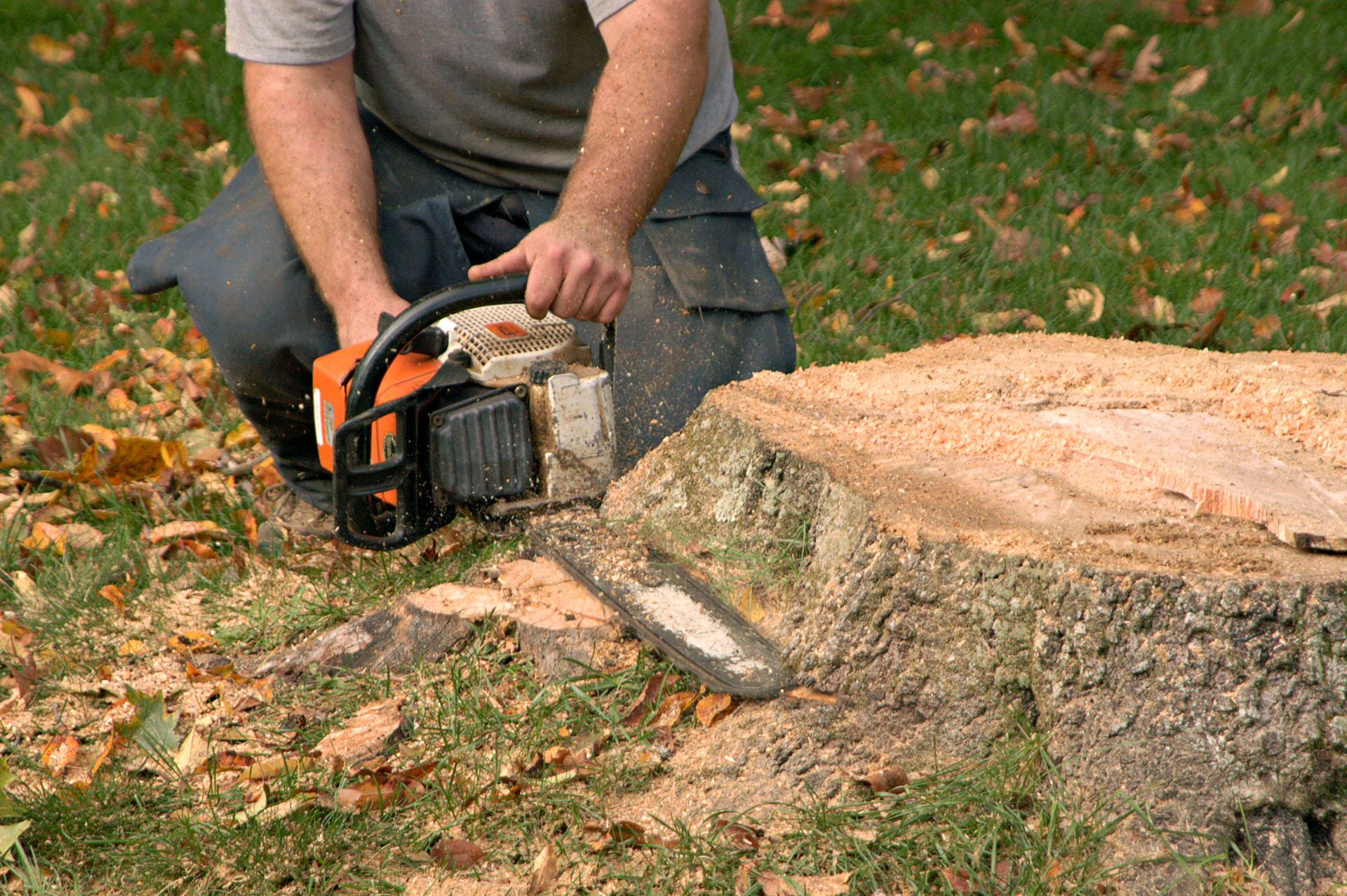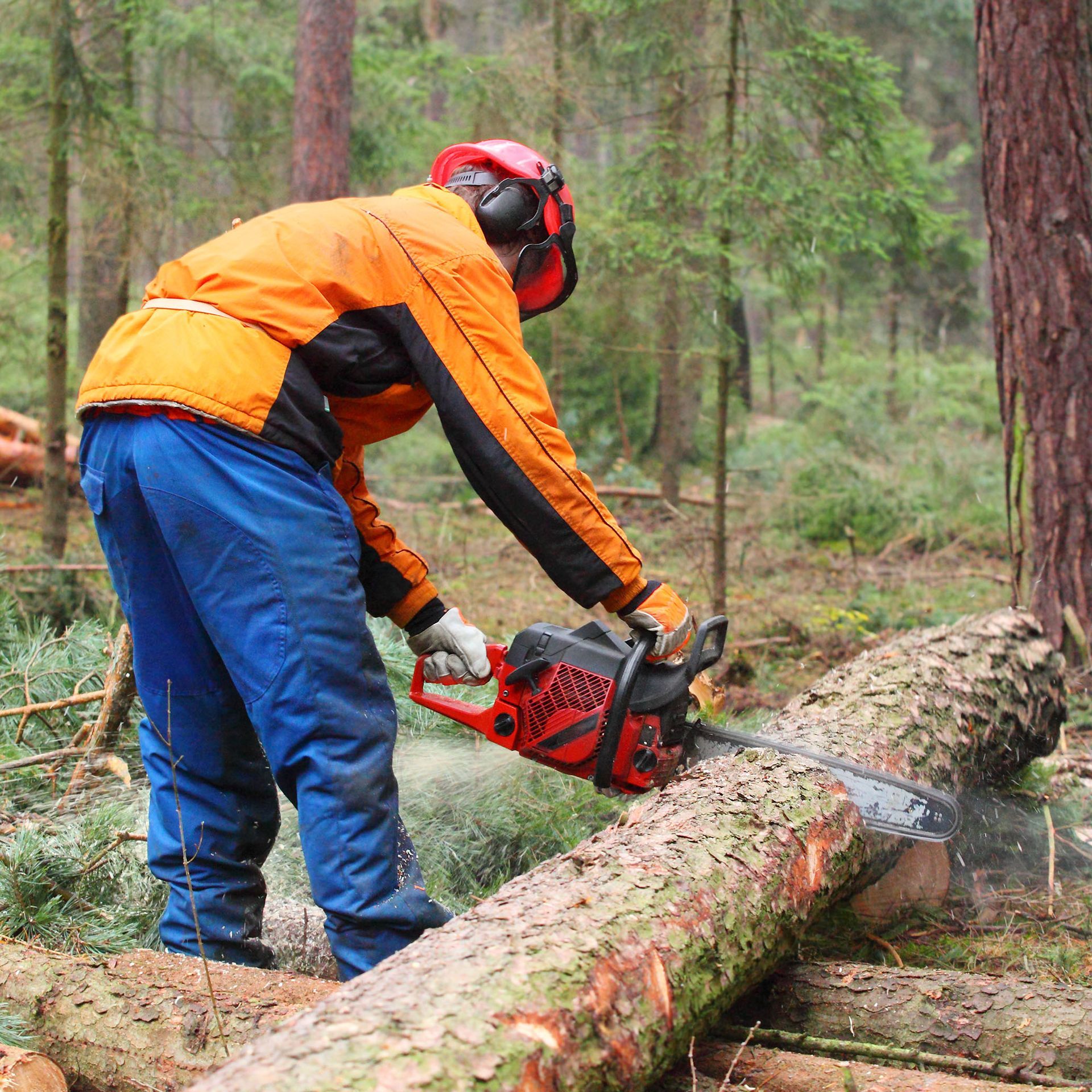Tree Removal Checklist: What to Do During Service
Removing a tree can be a complex task and requires thorough preparation and knowledge to ensure safety and efficiency. This article provides a comprehensive checklist for homeowners to follow during tree removal services, ensuring a smooth and successful process. With a structured approach, homeowners can mitigate the risks associated with tree removal while maximizing the positive outcomes for their property and landscape. Understanding the necessary steps involved not only facilitates better decision-making but also enhances safety and minimizes potential disruptions.
1. Preparing the Area
Prior to any tree removal service, it is crucial to clear the surrounding area of any potential obstructions. Objects such as outdoor furniture, vehicles, or garden tools should be relocated to ensure a clean and safe working environment. This serves not only to protect these items from potential damage but also provides the workers with unobstructed access to the site. It is essential to consider the potential pathways that fallen tree limbs may take, ensuring that the entire affected zone is thoroughly cleared. By taking these precautions, the likelihood of property damage and work disruption is significantly decreased.
Proper assessment of access routes is fundamental for the efficiency and safety of the tree removal process. Ensure that there is adequate space for trucks, cranes, and other necessary equipment to maneuver safely around your property. This might involve trimming branches or removing temporary structures to facilitate seamless entry and exit. Additionally, personnel must also have a clear and safe approach to the work site to perform their duties effectively. Taking these factors into account beforehand reduces the complexity of the operation and prevents last-minute adjustments.
Notifying your neighbors about the pending tree removal is a considerate and pragmatic step. Information about the schedule and possible disturbances, such as noise or blocked driveways, should be shared to prevent misunderstandings or disputes. The process might temporarily affect shared boundaries or access points, necessitating prior consent or coordination with neighbors. Good communication fosters a positive neighborhood spirit and minimizes potential complaints or objections. Furthermore, if neighbors are informed, they can take steps to protect their own property or adjust their schedules accordingly.
2. Selecting the Right Professionals
Ensuring your chosen tree removal service is properly credentialed lays the foundation for success. This involves verifying their license, insurance, and certification information. These credentials affirm that the service complies with local regulations and maintains professional standards in operation. Insurance is particularly critical as it covers you from liabilities in case of accidents or property damage. Engaging with properly credentialed professionals not only provides peace of mind but also enhances the likelihood of high-quality outcomes.
Experience plays a significant role in the quality and safety of tree removal services. Opt for a company that has handled similar projects, indicating their capability to manage various scenarios and complexities. An experienced team is more likely to be familiar with advanced removal techniques, leading to improved efficiency and safety. Expertise in different tree species and conditions is equally important, as it dictates how a tree should be optimally and safely removed.
Requesting references from past clients offers insights into the service provider's performance and reputation. References can reveal the reliability, punctuality, and proficiency of the company from a client's perspective. A reputable service provider will readily provide references and often display testimonials on their website. Contact former clients to gain firsthand accounts of their experiences, which can further inform your decision.
3. Following Safety Measures
Ensuring appropriate personal protective equipment (PPE) is vital for the safety of all personnel involved in tree removal. Helmets, gloves, chainsaw boots, and eye protection are some of the standard protective gear required. The use of PPE profoundly reduces the risk of injuries from flying debris, falling branches, or equipment mishandling. Supervisors must enforce rules about PPE usage to minimize health hazards and maintain a safe workplace environment. An adequate stock of PPE signifies the company's commitment to industry safety standards and personnel well-being.
Effective emergency procedures are essential for addressing unforeseen incidents during tree removal operations. A comprehensive protocol should outline immediate actions to prevent or minimize injuries, property damage, or further risks. Discuss these procedures with your tree removal team to ensure everyone is aware and prepared in case an emergency arises. This preparation includes knowing the emergency contacts, first aid basics, and evacuation routes. Advanced planning for emergencies safeguards both personnel and property, thus guaranteeing a controlled response to unexpected situations.
Establishing safety clearances is crucial for protecting onlookers and unauthorized personnel during tree removal. Barriers or cones can be used to demarcate the work zone, keeping spectators at a safe distance from hazardous activities. This measure prevents accidental injuries from debris or equipment while ensuring the workers can carry out their tasks without added interference. Communication of these restricted areas should be clear, with visible signage indicating no-entry zones.
4. Understanding the Process
The initial assessment involves evaluating the tree's condition, including health, size, and any existing structural damage. In some cases, the decision to remove a tree is based on safety concerns rather than aesthetics or preference. According to the University of Maryland Extension, a tree leaning more than 15% from vertical probably should be removed. Such a significant lean often indicates structural instability and a high risk of falling, which can endanger property, utility lines, and personal safety. Proper assessment ensures that the forthcoming effort respects safety standards, minimizes disturbances, and aligns with client expectations. Understanding these preliminary steps provides insight into the complexity and necessity of professional involvement.
Felling and limbing are two primary steps in the tree removal process that require precision and skill. Felling involves carefully cutting the tree in a way that controls its fall direction, preventing damage to surrounding structures or landscapes. Limbing refers to the systematic removal of branches from the felled tree, further reducing risks and making it more manageable. These tasks each require intricate planning and expertise to prevent accidents and ensure the project remains on schedule. Professional execution of felling and limbing is fundamental for efficient and safe operation.
5. Considering Post-Removal
After
tree removal, inspecting the immediate area for damage is critical to identifying any necessary repairs. Checking structures, driveways, and landscapes in proximity ensures that any impact is promptly addressed. Unnoticed damage could lead to complex issues or additional costs if not tackled immediately. By being proactive, homeowners can implement the required interventions to restore their property to its former condition or even enhance it. This inspection process is also an excellent opportunity for discussing rectifications with the service provider if specifications were not met.
Following tree removal, landscaping repair or redesign may be necessary to fill voids, adjust aesthetic appeal, or restore balance. Consider implementing new plantings, hardscape, or garden features to replace what was removed and refresh the space. Engage with landscaping professionals if necessary to integrate changes seamlessly and bolster property value. The removal process itself might disrupt the surrounding soil or vegetation, requiring attentive rehabilitation efforts. This ensures long-term stability and flourishing for the overall landscape post-removal.
Tree removal is a significant undertaking, requiring careful preparation, knowledgeable professionals, and adherence to safety measures. By following this checklist, homeowners can ensure a seamless tree removal experience, minimizing risks and maximizing outcomes for their property and landscape. Practical preparation, aligned professional engagement, and considerate communication build a robust framework for managing this complex process. For more information, contact Bayless Tree & Stump Service LLC today.



Share On: